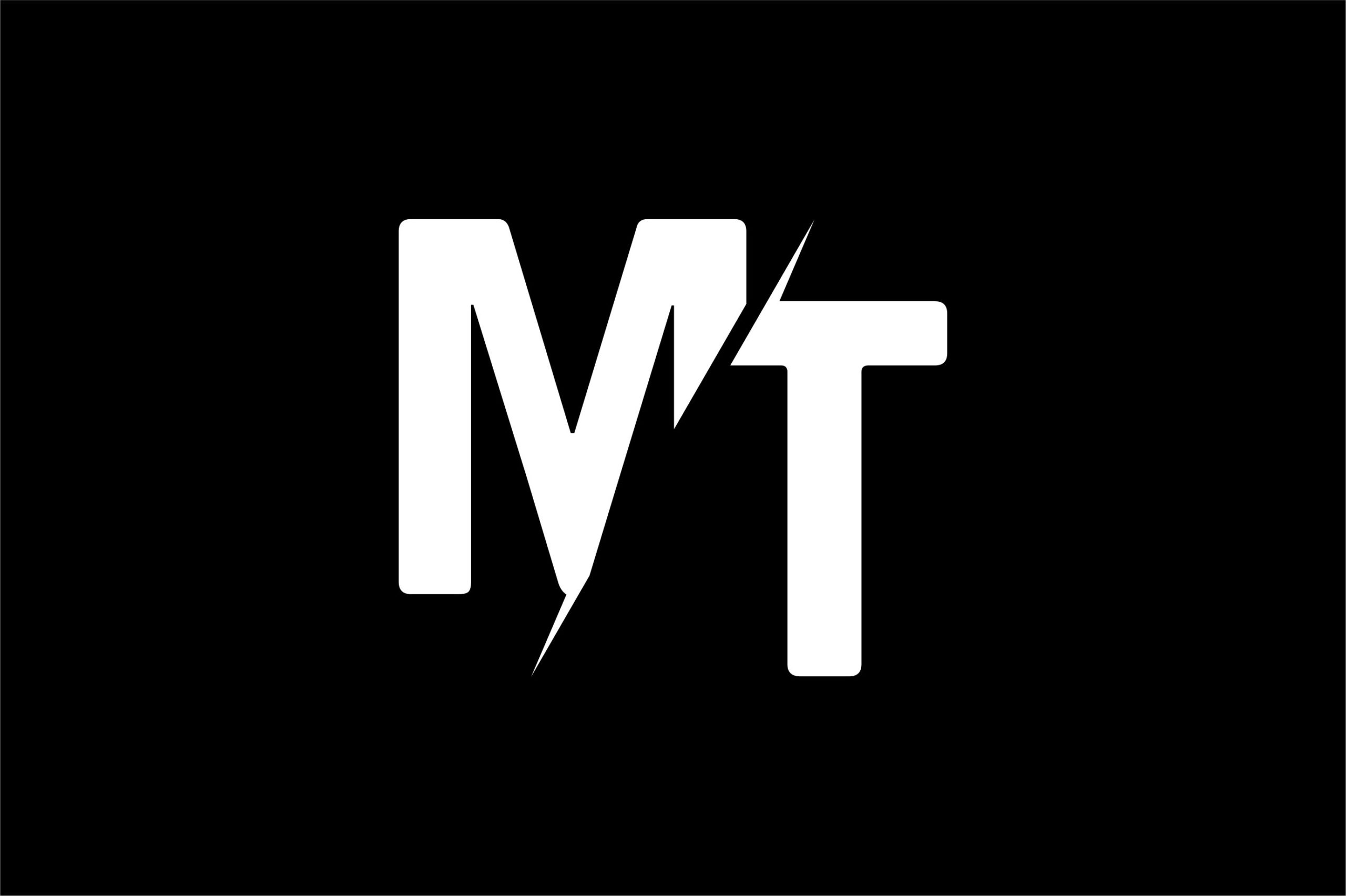This article will look at what “macroeconomics” is, and key Examples Of Macroeconomics. After which, examples of macroeconomics will be given. Macroeconomics is the branch of economics that deals with the structure, performance, behavior, and decision-making of the whole, or aggregate, economy (Investopedia).
Among the major questions that are addressed by macroeconomics include: What leads to unemployment? What causes inflation? Also, what are the interventions that can be put in place to stimulate economic growth? Macroeconomics tries to gauge how an economy is doing, assimilate ACCOUNTING forces that act as the vehicles to drive it, and forecast how performance can improve.
It tackles the performance, structure, and behavior of the whole economy as opposed to its cousin, microeconomics whose focus is more on choices made by individual players in the economy such as industries, households, and persons.
Further, macroeconomics, as a branch of economics, deals with how an entire economy operates. It studies phenomena such as inflation, rate of economic development, gross domestic product (GDP), price levels, and employment changes.
Examples of Macroeconomics
Example of macroeconomics variable includes market failure, competition, growth, business cycles, productivity, employment, goods, price stability, and trade.
Market failure
Market inefficiencies and failures like the destruction of common goods as a result of economic systems that give no incentive for their preservation. Further, the inefficient distribution of goods and services in the free economy leads to market failure.
Competition
Competitive markets such as the impact as the result of monopolies on a national economy. For example, Trade Kings in Zambia took over Chibwantu (a local traditional drink) business that small and medium enterprise players rely on for their livelihoods as well as contributing greatly to the national economy. The aspect of competition looks at such kinds of issues.
Growth
The causes of economic development such as policies surrounding the economy, investments, technological advancement, and infrastructure.
Business Cycles
Cycles of growth and retraction in an economy. The business cycle consists of upswings and downswings in the general measurement of economic activity.
Productivity
This entails improvements in productivity rates driven by technological advancement and economic growth and the efficiency of the factors of production like capital and land.
Employment
Tackling the causes of unemployment especially in developing third world countries whose unemployment is very much shocking. This aspect of unemployment looks at issues such as a structural change in an economy.
Price Stability
The dynamics involve the impact of inflation and deflation. For the economy in a country to be stable, there is a need for prices to be equally stable which makes it easy for businesses to plan well in advance in order to maximize profits and cut down on losses.
When the prices of essential commodities such as fuel are in a stable state, even the economy of that country will equally be stable unlike the current prevailing situation in the USA where its government reviews fuel prices on a monthly basis which makes it almost impossible for businesses to plan ahead as they do not know what the next price of the commodity will be.
Goods
There are various kinds of goods and their supply and demand with regards to market conditions such as perfect competition, oligopoly, and monopoly.
Trade
This concerns the impact of trade on prices, employment, growth, and economic efficiency such as modeling the impact of trade competition.
SIMILAR CONTENT!
- Most Profitable Business In Africa
- How Long It Takes To Deposit A Check Online
- How Long It Takes For Cheque To Clear UK
- Can you deposit money at ATM?
- How much Mastercard Charges Merchants in UK
- How to use PayPal to receive money from USA
- The Process Of Investigation In Auditing
- Monthly Salary Of An Accountant In The Philippines
- Similarities Between Accounting And Auditing
- The Highest Dividend-paying Stocks In South Africa
- What Do Auditors Do On A Daily Basis?










